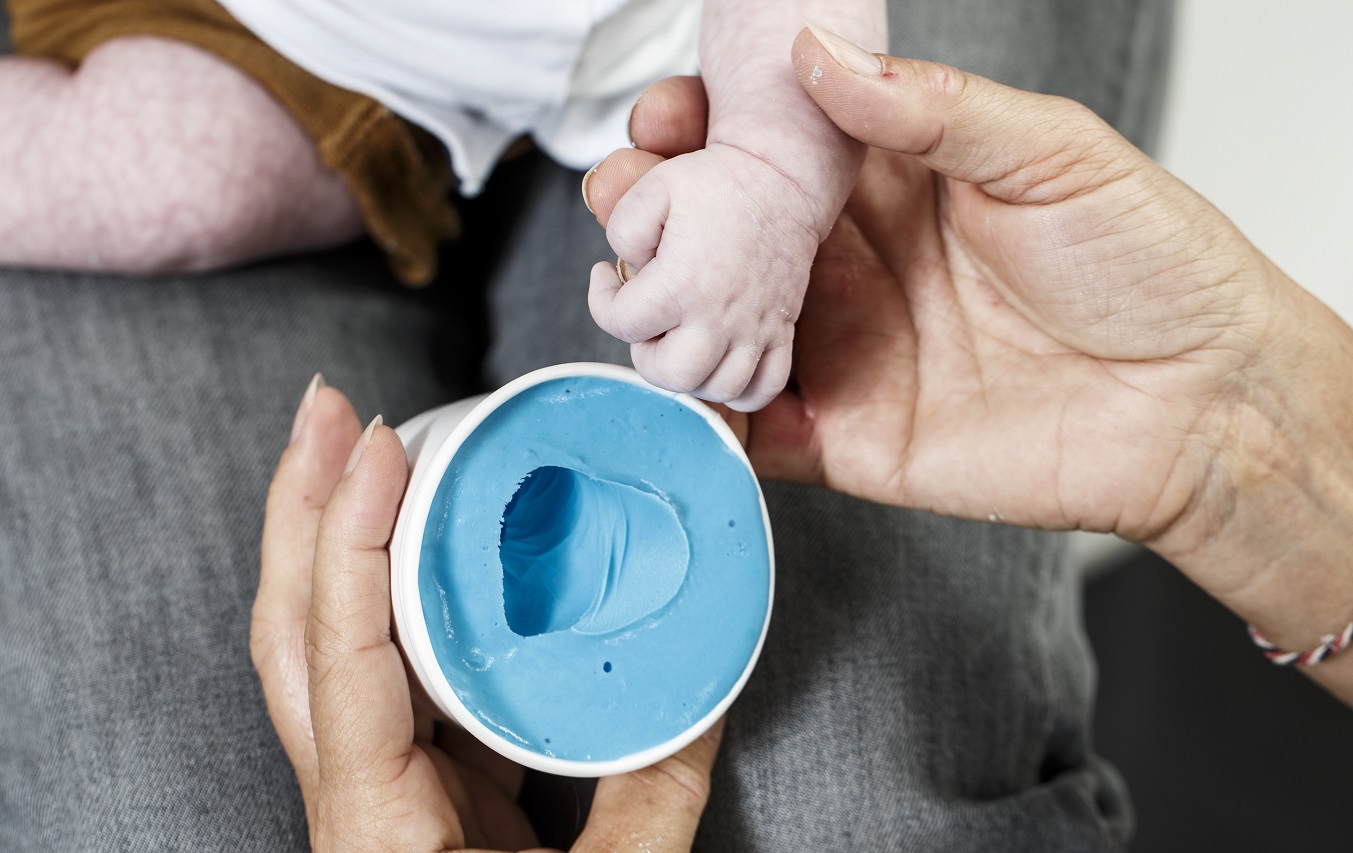The two-component silicone rubbers come in different versions. V-Sure's range includes various polycondensation-curing cast rubbers. The Standard NL silicone rubber is suitable for applications such as moulding chocolate.
For casting low-melting metals, such as tin or lead, we recommend silicone rubbers that are briefly resistant to high temperatures, even up to 250°C. Hightemp silicone is a good example of this.
In order to turn your cast rubber into a spatterable mass, you need the silicone thickener. With this you make your silicone so thixotropic that you can even apply it to the ceiling. This is done, for example, to finish a rosacea.
Within the Polyaddition silicone rubbers we have quick-drying moulding rubbers with a Shore of 22, which can be deformed after just one hour. In addition, you can also find pink spatterable silicone, which can be applied directly to the skin thanks to its very rapid curing. We also offer transparent silicone rubbers, which you can colour yourself with the silicone dye. In this way you can make a silicone rubber mould from a 3D printed object and then pour another silicone into it after applying a release agent. In this way you can produce objects that remain elastic and can be coloured as desired. The polyaddition silicone is shrink-proof and consequently reproduces every detail with razor-sharp precision.

